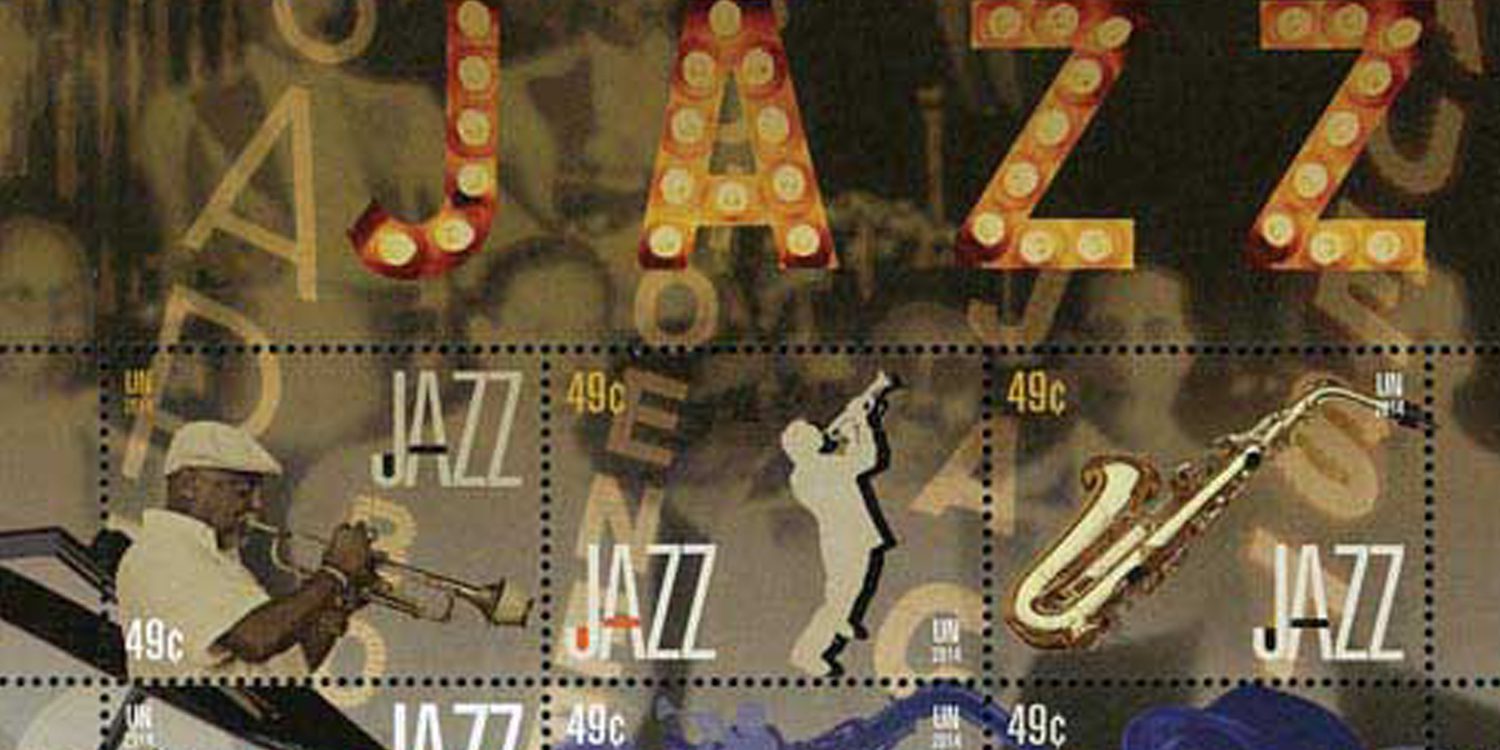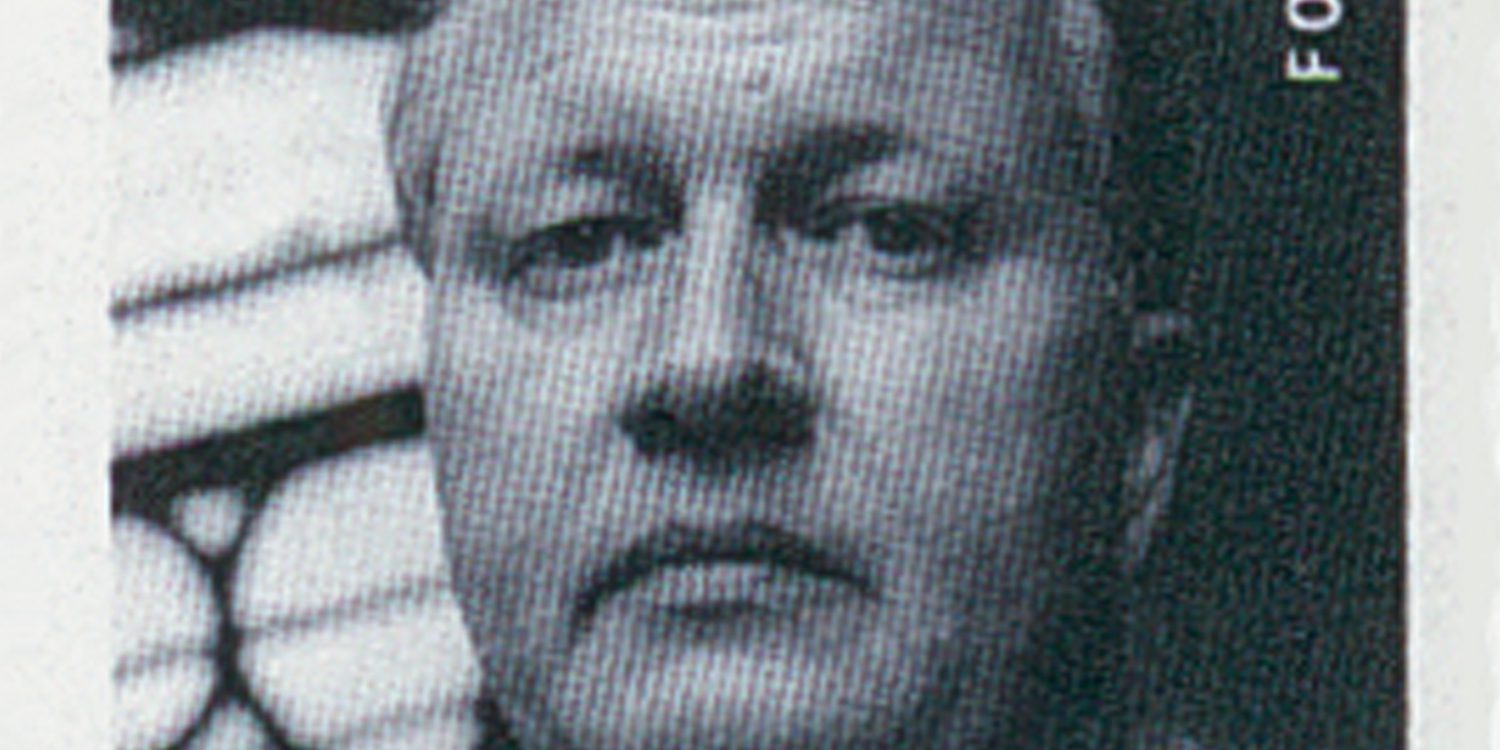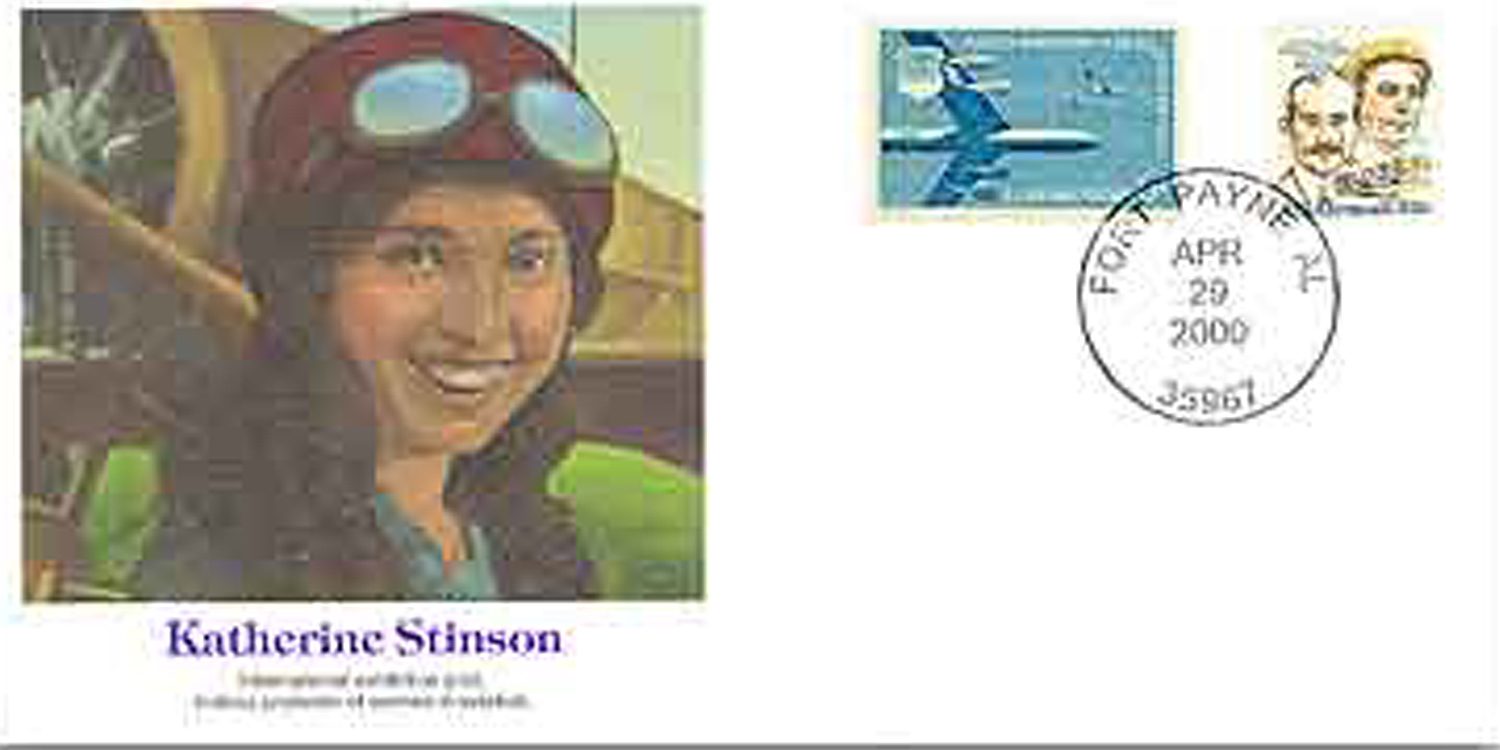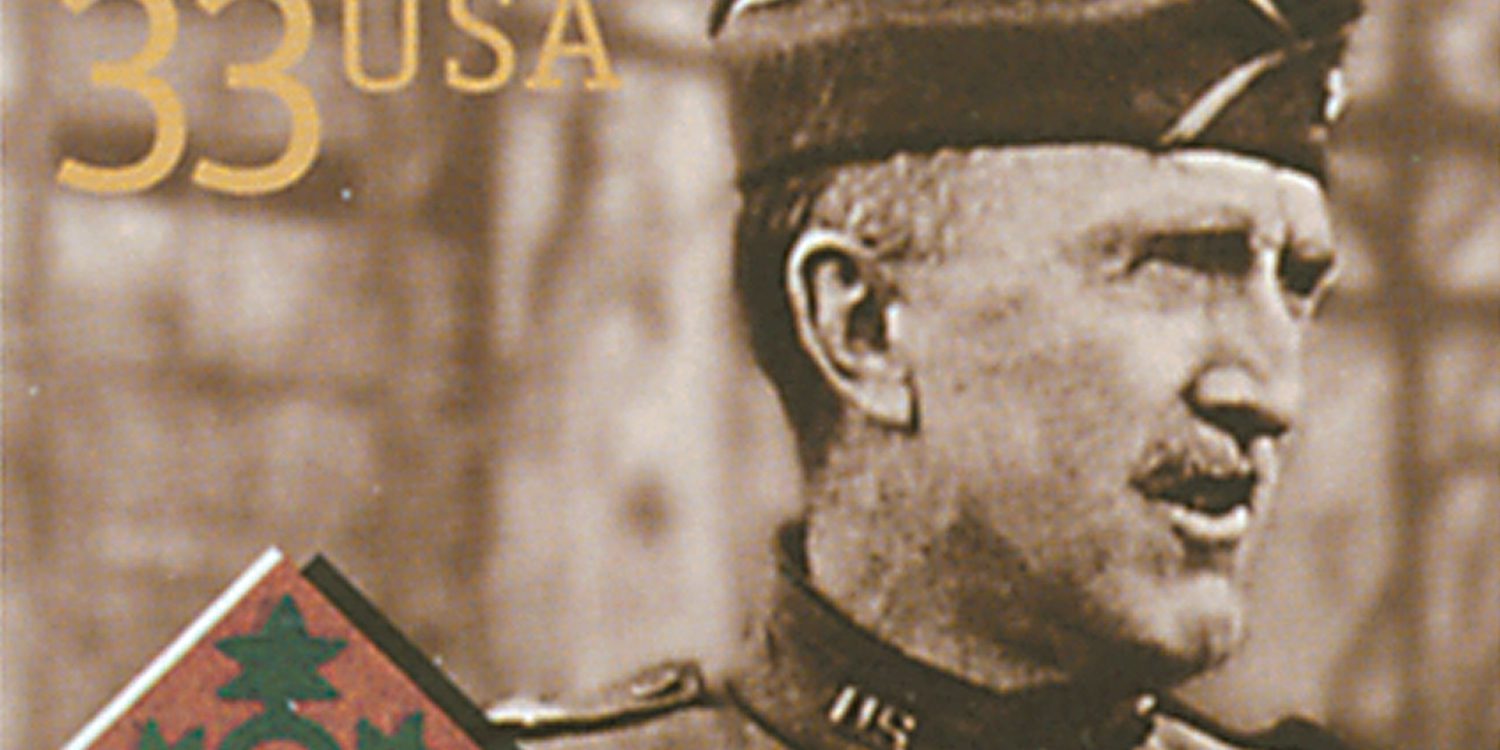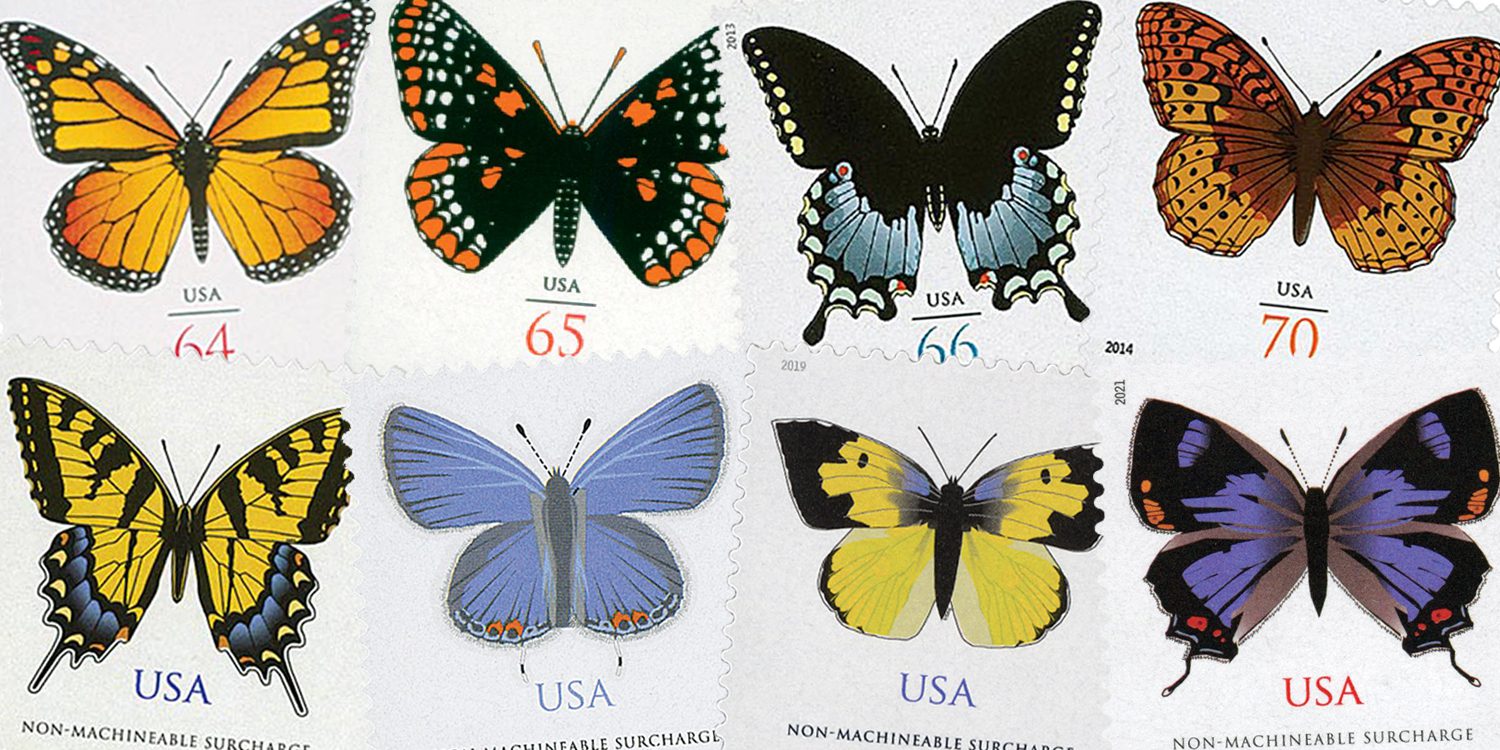Birth of Miles Davis
Musician Miles Dewey Davis III was born on May 26, 1926, in Alton, Illinois. By continually reinventing his technique, Davis became one of the most influential jazz musicians of all time. In a career spanning 50 years, he left his fingerprint on every major development in jazz since the 1940s.

